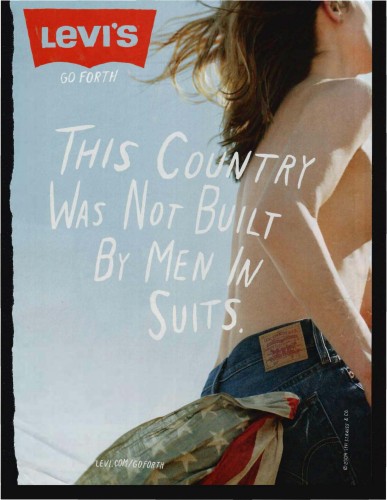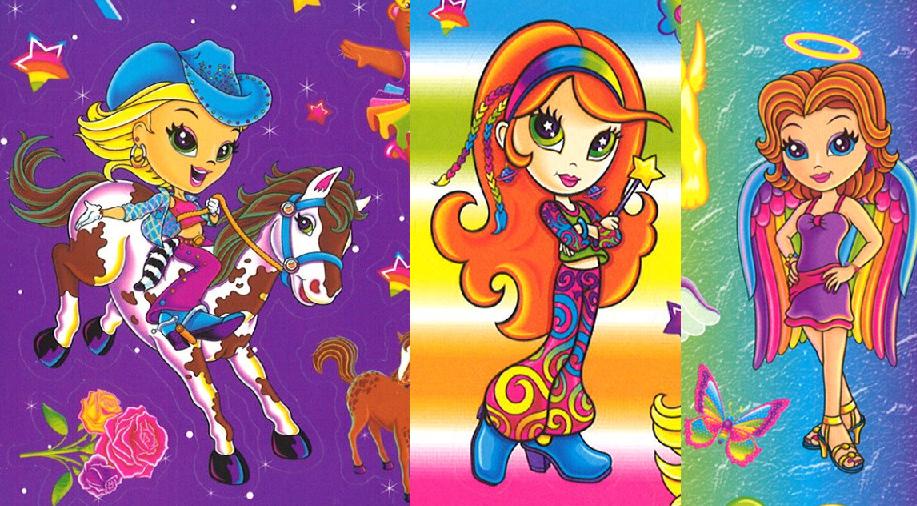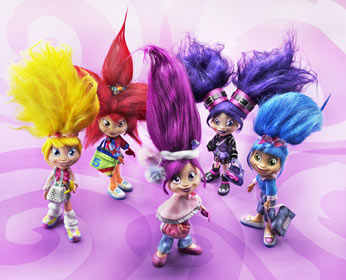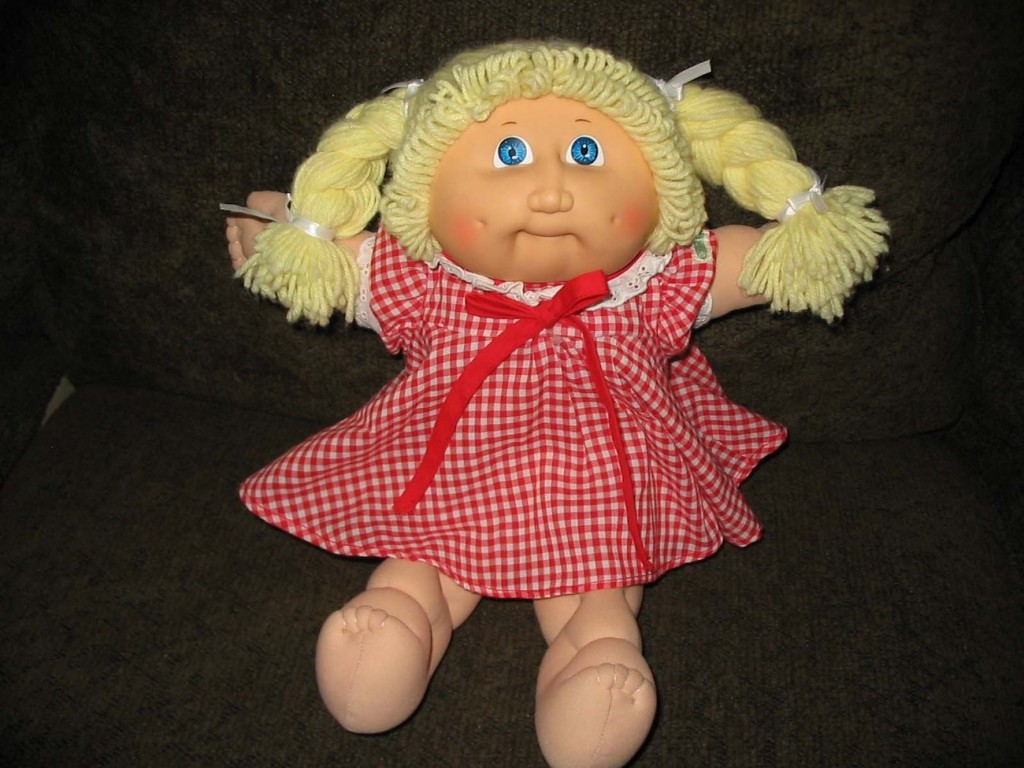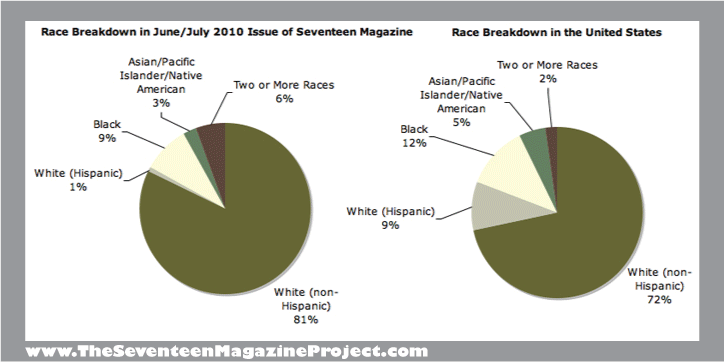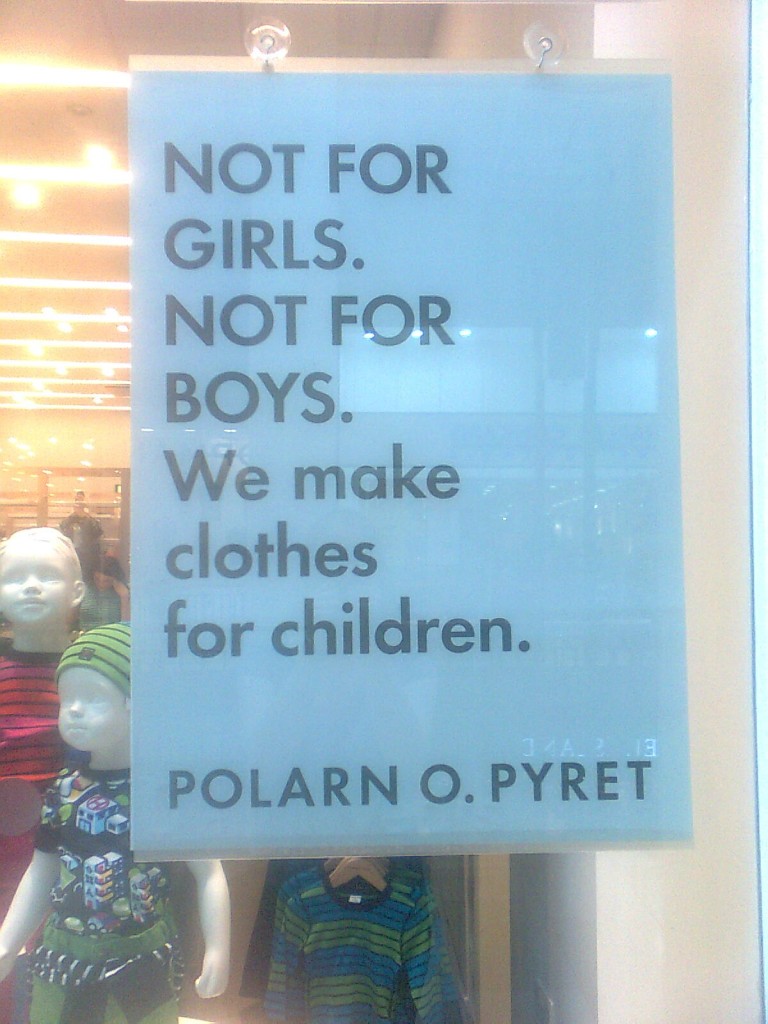I found this Levi’s ad a while back and kept forgetting to post it:
What I think is interesting is the implicit class element, in which “men in suits” (presumably middle- and upper-middle-class white-collar workers) are less authentically American. The message is that hard working, jeans-wearing people are true Americans (notice the flag). Of course, it’s also a commentary on masculinity; the type of men who dominate economic and political life today are, from this perspective, lesser men compared to earlier generations of blue-collar workers.
For other examples of class and masculinity in ads, see old vs. new money in a Smirnoff video, upper-class dogs are sissies, and Acura says trust-fund money is out.

